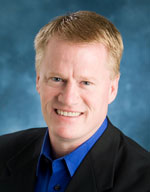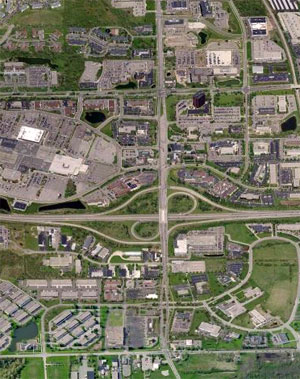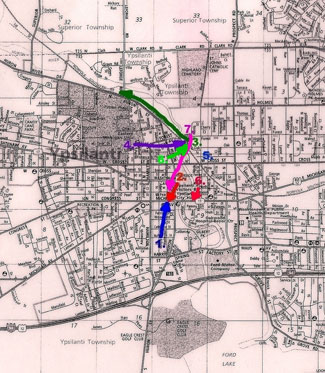AAPS Gets Update on Achievement Gap
The April 13 study session of the Ann Arbor Public Schools board was highlighted by an update on the district’s efforts on equity initiatives, as well as some blunt discussion about race in the Ann Arbor public schools. Study sessions are meetings of the board scheduled as needed to gather background information and discuss specific issues that will be coming before them in the future.
The session included a presentation from Glenn Singleton, a facilitator for the Pacific Educational Group (PEG). PEG was hired by AAPS in 2003 to assist in the district’s efforts to close the achievement gap – a disparity in academic performance between minority students and other students.
Singleton, who led a majority of the discussion, criticized the board on a number of points, contending that a lack of continuity in leadership has impeded progress in closing the gap. He also said the board has not shown full support for closing the achievement gap, resulting in uncertainty for principals, administrators and other building leaders as to the board’s commitment to solving the problem.
Interim superintendent Robert Allen was on hand and provided background on the district’s involvement with PEG. Allen said that Singleton was touching base with the district and visiting AAPS schools. Singleton was doing walkthroughs to evaluate the district’s progress on closing the achievement gap using techniques suggested by PEG.
“At this point we can have a meaningful evaluation of where we are with the equity work and what we’ll need to do to achieve our goals,” Allen said. The study session focused on lack of board support, failures in leadership structure and the need for “courageous conversations.” [Full Story]







